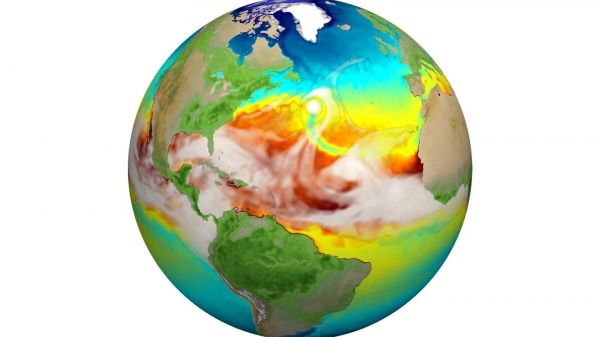Earth supports a breathtaking range of geographies, ecosystems and environments, each of which harbors an equally impressive array of weather patterns and events. Climate is an aggregate of all these events averaged over a specific span of time for a particular region. Looking at the big picture, Earth’s climate just ended the decade on a high note — although not the type one might celebrate.
In January, several leading U.S. and European science agencies reported 2019 as the second-hottest year on record, closing out the hottest decade. July went down as the hottest month ever recorded.
Using new high-resolution models developed through the U.S. Department of Energy’s (DOE) Office of Science, researchers are trying to predict these kinds of trends for the near future and into the next century; hoping to provide the scientific basis to help mitigate the effects of extreme climate on energy, infrastructure and agriculture, among other essential services required to keep civilization moving forward.
Seven DOE national laboratories, including Argonne National Laboratory, are among a larger collaboration working to advance a high-resolution version of the Energy Exascale Earth System Model (E3SM). The simulations they developed can capture the most detailed dynamics of climate-generating behavior, from the transport of heat through ocean eddies — advection — to the formation of storms in the atmosphere.
Read more at DOE/Argonne National Laboratory
Image: Water vapor (gray) and sea surface temperature (blue to red) from the high-resolution E3SMv1. Just above center you can see a hurricane and the track of cold water (green) it produces trailing behind it. (Credit: Mat Maltrud / Los Alamos National Laboratory)


